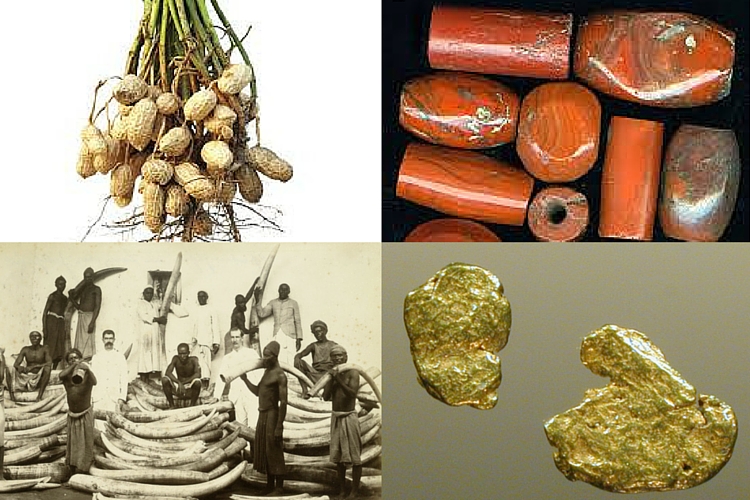
Trade between Africa and Europe in the 1800s
While trade between Africa and the rest of the world in the 1800s is often associated with slave trade, there were other types of trade taking place during the same period. Many African states along the coast and in the inner parts traded in palm oil, groundnuts and rubber. As Europe began to industrialize, demand for palm oil and other vegetable oils increased as well.
States in the Senegal, Gambia region cultivated groundnuts that were used in oil production. During the American civil war when the southern states of America could not export cotton, other states in the Nigeria grew cotton for export. Demand for rubber in the European textile industries and later for tire production, ensured increase in trade between Europeans and Africans in the central part of the continent.
In the early 1880s until the 1870s, Africans enjoyed some level of economic prosperity because they were able to produce and trade minerals and agricultural goods. Africans mainly exported raw materials for use in industrial Europe. During the period of free trade between Africans and Europeans, some Africans became wealthy. They were wealthy enough to send their children to study in schools and Universities in Europe and live wealthy lives. Many successful Africans who exported goods to Europe became prosperous.
However, after the scramble for Africa, the lives of Africans changed dramatically. As a result of colonization, many of the African traders lost their ability to control their land, which was their primary means of production. They could no longer decide which crops to grow and land use was restricted by settler governments.



1 Comment
by Afrogal
Colonialism is the worst thing that ever happened to Africa. It robbed us of some much wealth & progress.#AfricaRising
Comments are closed.